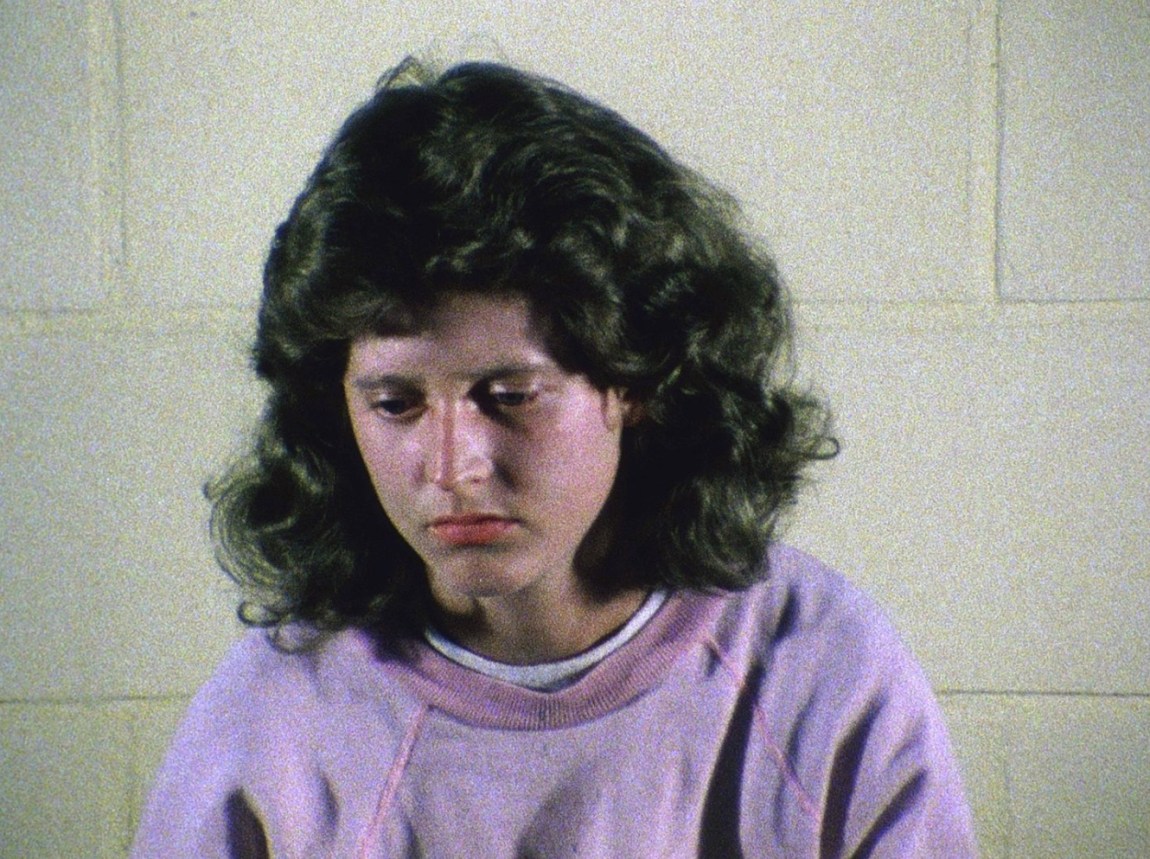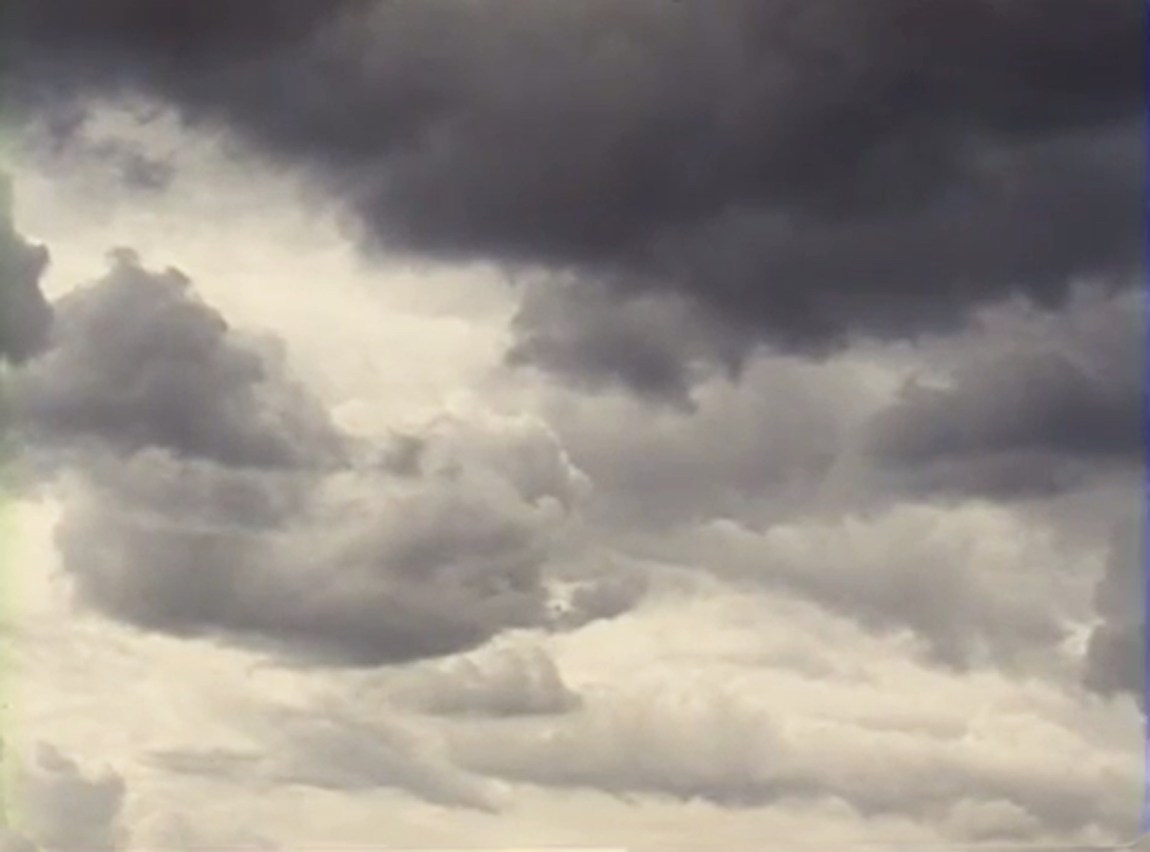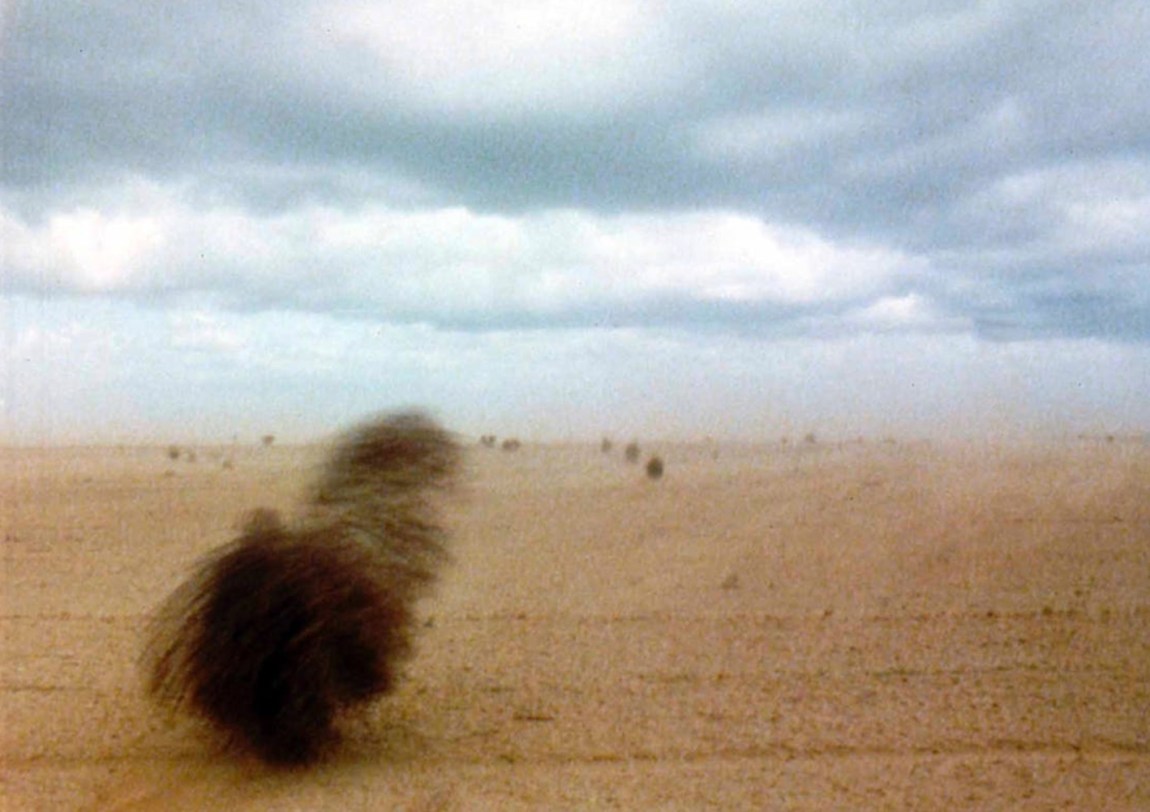Although I have a great fondness for my home state, California was a mistake. At a glance, it is all beauty, abundance, and wealth, but cock your head just so and there they are: the successive waves of blood-soaked dispossession, the carnage of a polity founded and renewed by fortune-seekers who never seem to realize that busts follow booms, and the ecological devastation of unceasing sprawl. Every definition of such a place comes up short, failing to hold together its dystopic and utopian qualities. It has launched the Nixons and Reagans, but also the Davises—Angela and Mike.
Perhaps the only explanation that can encompass its contradictions is its distinction as Hollywood’s playground. Since “the industry” first achieved real productive capacity, it has willed California into representing the whole world. There are few places that cannot be imitated by the vast landscape’s varied topographies. Over a century of filmmaking has left the landscape itself overexposed, cursed with a simultaneous dearth and surfeit of meaning. To really see it, we would have to slow down and take in not only what is there but what was and could be. We would have to think, like the filmmaker James Benning, that “place is a function of time.”
Benning has made a name for himself as a well-regarded quasi-structuralist filmmaker of the last half-century. A native of Milwaukee, he studied mathematics before joining protests for the Civil Rights Movement and then embarking upon an itinerant career as an organizer, including with food aid programs in Missouri and literacy programs for Colorado workers. By his early thirties, he’d grown concerned that the work was “something I could exhaust my life with, and I hadn’t even begun to define who I was.” Running in the opposite direction, he tried to “make really apolitical films,” both to get a better sense of his own interests and because he thought the value of a political film paled in comparison with actually feeding the poor. He soon recognized the futility of this attempt. He found himself obsessed with place and history, and the deliberate, measured attention he leveled at them did not lend itself naturally to apolitical work, much less commercial entertainment.
Instead, Benning has made a series of films and installations that are perhaps best categorized as landscapes, and combine, even now, some of the most forward-thinking approaches to documentary with a sense of narrative that can be both playful and piercing. In 1987, a year before Errol Morris forever altered the meaning of the phrase “true crime” with The Thin Blue Line, Benning released the documentary-fiction feature Landscape Suicide, which retold the stories of two murderers. The first, about the 1984 murder of a California high schooler by her classmate Bernadette Protti, has been recounted several times on television. The second is that of Ed Gein, the source material for a dozen horror films.
Fiction films like Psycho or The Silence of the Lambs—both inspired by Gein—circumvent their own sordid pleasures by prying loose a kernel of reality and transforming it so completely that they cannot be said, in any real sense, to be about the gruesome murders that inspired them. True crime, meanwhile, suffers from the problem that rubberneckers do not swivel their heads for fake accidents. They are hoping to catch a glimpse of something real, tragic, repulsive. Rather than a body or a search party fanning out in the woods, the most indelible images in Landscape Suicide are more likely to show rain beating down on a windshield while the wipers swish back and forth over the sound of the radio.
The interrogation room has been a fixture of police procedurals because of the clarity of the competing needs it puts into play. Landscape Suicide evacuates the drama, using reenactments to detach the confessions from their role as denouements to games of cat and mouse. The first confession comes only eight minutes in and begins with a voice offscreen saying, “Go ahead. Any time you want to say something just say it.” The girl speaks in a flat voice for over twenty minutes, rarely looking up. When the interrogation is over, we see an address, a letter written by the young killer to her parents, and a photo of the real Protti being escorted by a police officer. The roots of American spectacle are laid bare, grim as they are, when we watch a teenager with a bowed head and pressured speech confess. Landscape Suicide is the road not taken for this sort of material. It doesn’t ask “whodunnit?” but “what kind of land is this, where such things can happen?”
Recently, Benning’s work has eschewed such direct engagement with fiction or reenactments. As the critic and scholar Erika Balsom notes in her book-length essay Ten Skies (which shares a title with one of Benning’s films), the “outline” is what “dominates”: story has given way to meticulously timed shots of lakes, railroads, skies, and fields. A good son of the Midwest, Benning stops in the places many people fly over or through, trying to peer into their history.1
Advertisement
To summarize these films, writers must resort to the technical facts: shot length, the presence or absence of a voiceover, the use of direct sound. In El Valley Centro (1999), each two-and-a-half-minute-long shot shows the hills, farms, waterways, and workers of the large alluvial plain that California uses to feed itself and the world. The static shots of the heavens that make up Ten Skies (2004) reach ten minutes long, enough time to track the motion of celestial objects or observe the difference between a cumulus and smokestack exhaust. Benning, ever the materialist, has often spoken of these timespans in feet. The shots in the former film last as long as it takes to burn through a hundred-foot reel, the latter a four-hundred-foot one. Whether in documentary or fiction, the presence of conventional narratives tends to obscure these matters, unless a particularly flamboyant shot calls attention to its own length as a mark of directorial prowess. Few speak of the average shot length of Martin Scorsese’s Raging Bull or Kelly Reichardt’s Old Joy.
When Benning was first working under the spell of the Canadian structuralist filmmaker Michael Snow, whose Wavelength (1967) consisted of a spliced-together forty-five-minute-long zoom, that strategy was, if not new, at least burgeoning. Now, “slow cinema” is one of the most prominent aesthetic regimes in international art cinema and, for all their kinetic cutting, blockbusters regularly flirt with three-hour running times. Everyone, it seems, is going long. For Benning, duration matters on the level of the shot rather than that of the overall viewing experience. We are not waiting for something to happen. We are learning to look closely enough to perceive an image, rather than receive its surface. Ten Skies and 13 Lakes (2004) are not depictions of untouched wilderness. About supposedly idyllic images of nature, Balsom quotes Benning saying that “the encroachment became more interesting to me than the beauty.” This might be a rather anodyne message about environmental preservation, but Benning aims to dredge up a sharper truth about what has happened beneath these spacious skies. There is no way to make an honest account of the country without using that word. Encroachment is a national pastime.
*
Benning’s most recent film, The United States of America, is a remake of one of his early works, made in 1975 with Bette Gordon and bearing the same title. In that short film, each shot was filmed from the back seat of a car traveling across the country. As important as the changing landscape is, the film gains its sense of place and time through the radio, which plays over the sound of traffic, slurped sodas, and squeegees. It is a clever film, at once showing the range of dissimilar places that make up the country and forcing them into a unifying frame. When the Grand Canyon appears, it is just another vista, seen in the most American way possible—through a car window. The dream of the country comes to an end the way it always does. The filmmakers get out of the car and, through the windshield, the Pacific rolls in.
This remake, nearly fifty years later, is informed by changes both in Benning’s practice and in the world. The car is gone and in its place are direct portraits serving as synecdoches for each state. It begins with the mud flats of Heron Bay, Alabama. Wisps of a song filter in. The film proceeds alphabetically, passing by stately homes paired with Dwight Eisenhower’s farewell address (Delaware) and monuments to great Americans (Washington, D.C.).
Showing glimpses of the whole country in quick succession is a gamble. The US spans more than a continent and its peoples are so varied and diverse that only force and custom allow us to see their homelands as continuous. What emerge are distillations that don’t represent specific locations so much as their place in the public’s imagination. These are not tourist shots, but images akin to those of Robert Frank, Stephen Shore, or Robert Adams—of a common place made alien through a lens. Like those photographers, Benning is more a humorist than a dour formalist. Connecticut is represented not by its rivers or ports, nor by agglomerations of wealth or educational prestige, but by the American flag. So it goes for the perennially overlooked member of New England and third term in the tri-state area. It’s just another place waving the red, white, and blue.
Advertisement
The image of Little Eagle, South Dakota, a plain covered in brush and sparse trees, is one of Benning’s best. It would be stunning as a photograph, but a landscape like this, more than galloping horses, is why pictures ought to move: low-hanging clouds drift over the plain, and the sunlight peeks through gaps as it appears to move from the background to the middle ground. The colors shift subtly, sage giving way to a gray-blue, to straw; white blackens where a cloud stretches toward earth, promising rain. Words fail. Balsom notes that ekphrasis is a difficult process of translation and particularly so with Benning, whose films demand and surpass it. “Description,” she writes, “is already a kind of interpretation, and a special kind at that.” This is what is at stake for Benning and cinema in general. A photographic image may appear to show exactly what is in front of the lens, but the camera is a descriptive machine.
Most viewers are likely familiar with the idea that editing can be selective and manipulative, but many still believe that the cinematic camera reproduces the world, when what it does is analogize. In a 2018 interview, Benning himself rejected the idea that his work could be seen as indexical, a matter of “the image imprinting what you find in the world”:
A lot of people want my films to be that, but they’ve never been that. They’ve always been a selection, always been colour-corrected, always been highly manipulated with sound. They’ve always taken a real point of view from what I believe in, and I am full of prejudice.
The blue of Benning’s sky is not the world’s blue but his, cultivated by his own processes and according to his own desires. When, in United States, Mississippi appears in the form of a cotton field, there can be no doubt that he is forcing certain interpretations. We do not hear the direct sound of a gentle breeze blowing through Dixie, but Stokely Carmichael telling Mike Wallace, “I’m not concerned about the question of violence. It seems to me that will depend upon how, in fact, white people respond.” Carmichael’s attempt to define black power to CBS News is Benning’s descriptive act. Here you see a field full of cotton. What it sounds it like is black resistance.
It is strange to think this filmmaker might make use of a twist ending, but there is one in this film. Benning reveals at the end that every image was filmed in California. This might strike some as a trick, but if so the deception precedes him. When people look at the screen and think they see their neighborhoods, their people, their lives, they are likely looking at Los Angeles. Backlots stand in for Greenwich Village; the mountains to the east stand in for planets in galaxies far, far away; here, Ronald Reagan’s home in Sacramento stands for Delaware. Benning has, in this sense, crafted his most conventionally American film. Tellingly, when California appears as itself, it is not through its natural bounty but via a highway overpass and the tent encampment beneath it. Here is a place that can be anything to anybody, but cannot provide homes for its own people.
I grew up in San Diego, and one of my morbid party jokes for east coasters is the story of my first brush with snow. In fourth grade I was at recess playing a vague form of soccer when little flecks began to fall from the sky. I stuck my tongue out just like the movies had taught me. I did not know that the Santa Ana winds had picked up the sparks from a tossed-off cigarette, igniting a wildfire that was now burning thousands of acres in the hills some twenty miles away. What I tasted wasn’t snow, but ash.
California is a brutal place playing at paradise. Benning looks long enough at the land to see its pretensions and its realities. If his work sounds difficult, it is because moving images have garnered a strange set of strictures. Landscape painting and photography are so popular as to be ubiquitous, but landscape films are often considered work to get through. We are taught to treat the land itself—even if in some corners it is only sketchily drawn—as a backdrop for a narrative thrust. Apparently, viewers want to see the world but expect to do so on their time, not the artist’s. Relative to most films, Benning’s shots are lengthy, but how long is too long to look at a sky, a house, a flag, a man harvesting the food you will eat? When can you say of this world, “I’ve seen enough?”






